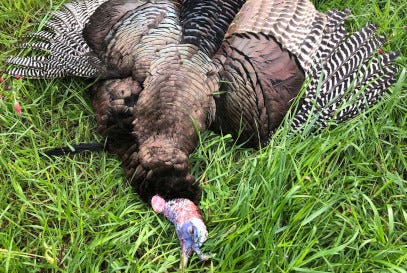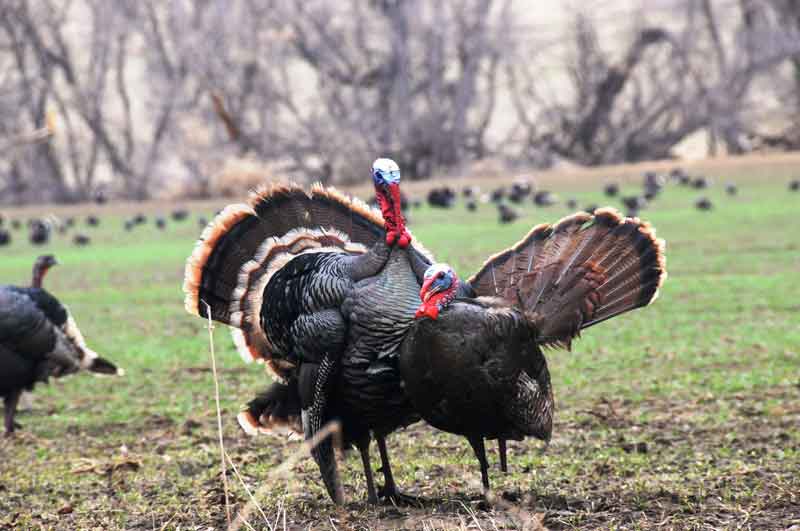- Feb 8, 2017
Box Call - The More the Merrier
We can all agree that two is better than one. Well, those turkeys you’re chasing think so too.
Why make that old Tom think you’re a party of one, when you can convince him you’re a party of two, or even five? With a box call, that is exactly what you can do.
Box calls are a staple in anyone’s turkey call arsenal, not only for its loud realistic tones that help locate turkeys in the distance or on a windy day, but also for its ability to manipulate the sound of a handful of different hens all with one call.
Box calls were one of the first style of turkey calls on the market, patented in 1897 by Henry Gibson. The box call originally was a piece of carved out wood and a striking blade, known as a scratch box today, and eventually evolved into a carved out box with a lid and screw.
Knight & Hale started off with a standard double-sided box call and a one-sided box call that used rubber bands to add tension to make the call easy to manipulate, and to help hold the lid at a certain angle. These Knight & Hale box turkey calls were first produced in the late 1970s and have been a prominent in the Knight & Hale turkey call line ever since.
Some of the more well-known Knight & Hale box calls over the years have been the Bloodwood Cutter, Sweet Little Liar, the Long Spur, Mini Jenny, Ol’ Yelper and Tirade.
More recently, the top-selling Knight & Hale box calls are the Switchblade, Wet Willy and the newest in the line, the Razor’s Edge. Designed by Bone Collector’s Michael Waddell, the Razor’s Edge utilizes an aluminum striking surface onto a traditional box design.
Manipulating different sounds with a box call, like clucking, cutting, cackling and purring, are fairly simple with a little practice.
How To:



